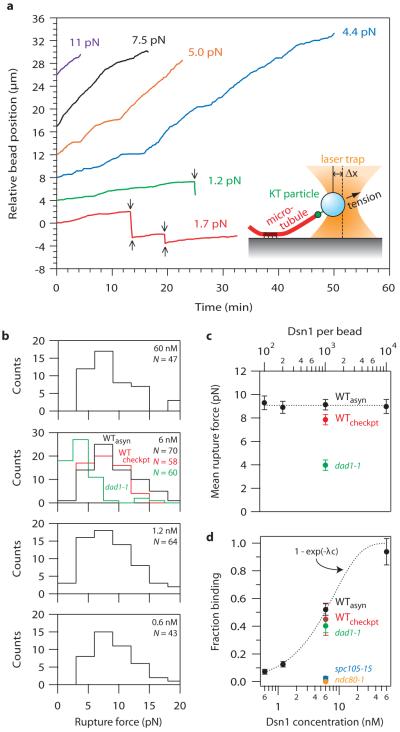Figure 3. Single kinetochore particles suffice for robust coupling.
a, Records of position versus time for native kinetochore-based attachments at indicated tensile loads. Arrows mark transitions (catastrophes and rescues). b, Rupture force distributions for beads prepared with particles at indicated concentrations from wild-type (WTasyn), dad1-1, and checkpoint-activated wild-type cells (WTcheckpt). c, Mean rupture force (± s.d., from N ruptures, indicated in b) versus labeling density, expressed as the Dsn1-HIS-FLAG concentration (bottom scale) and the corresponding Dsn1:bead ratio (top scale). d, Fraction of beads that bound a growing microtubule end (mean ± s.d., N = 11-396). Dotted curve shows Poisson fit (see text and Supplementary Information for details).

